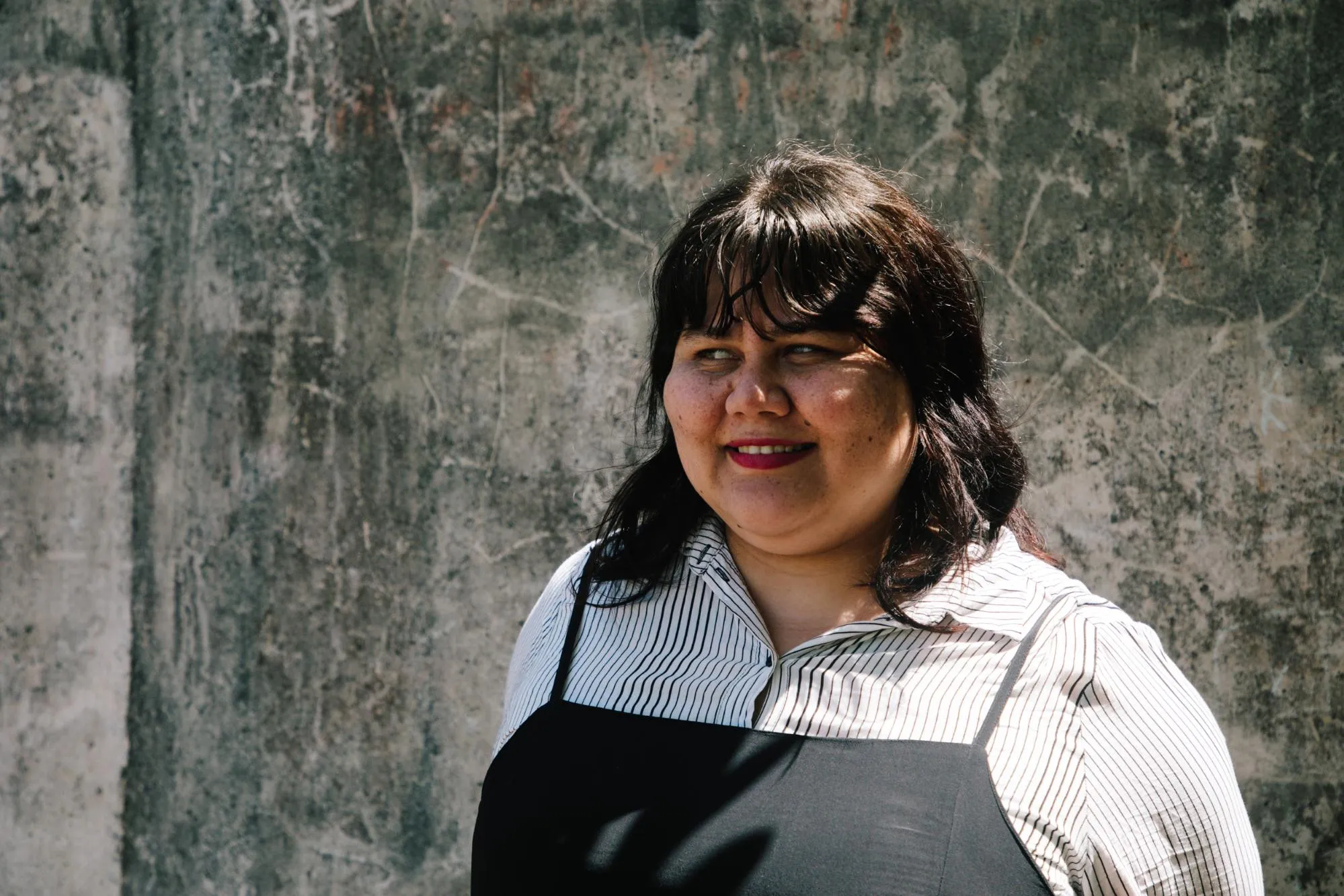Curating the Future
Written by

“I felt the pressure to address colonisation or perform activism through art. It’s already inherent in my body. That's just not something you always want to think about when you're making art.”
Auckland artist and curator, Natasha Matila-Smith was recently accepted as a curator for ‘The 10th Asia Pacific Triennial of Contemporary Art’ (APT10). This will involve working part-time for the next two years, preparing a show to be part of over 70 artist projects at APT10 in 2021.
Tautai Contemporary Arts Trust put the call out for “an innovative Pasifika curator”, a new partnership with Creative New Zealand and the Queensland Art Gallery of Modern Art (QAGOMA) to develop Pasifika curators internationally.
While Matila-Smith is tight-lipped about the artists that will be involved, she says she gravitates towards working with contemporary Pacific artists who don’t necessarily have cultural identity at the centre of their work.
“I’m not at all saying that’s something I want to shy away from, but cultural identity is not the only thing we are allowed to talk about. Or at least, in my experience, it’s not always at the forefront of our minds. So, the artists that I’m working with, we’re starting with the kind of work they want to make and how that work conveys their message.
First Taste
It was In 2015, a year after graduating Elam that Matila-Smith curated her first show Pacific Materiality. The exhibition featured paintings by Māori and Pacific artists, Matila-Smith describing the show as an experiment - a kind of reaction to the trends in the arts community at the time.
“I hadn’t seen a painting show and it was actually quite difficult to find people working with painting at all, so I found the fact they even chose to work with painting very interesting. At the time it was quite popular to work in performance art.
“There wasn't an overarching similarity between any of the works conceptually. I was really just interested in why they worked with painting when the stereotype is that we’re natural performance artists or work only in collectives, which is obviously not the case. As an artist myself, I just wanted more for Pacific arts representation.
Ayesha Green - Pacific Materiality (2015).
Crossing the Tasman (and Quickly Back Again)
Matila-Smith says the whole APT10 application process happened quickly.
“I applied. And then I think we had to interview the week after, a couple of weeks later I was in Australia starting the job.”
Then of course lockdown began and Matila-Smith had to return home. Though she was understandably disappointed, she now sees it as a blessing in disguise.
“It was a little bit disheartening in the beginning, but it's been quite good because now I’ve been involved more through online channels, whereas I would have had to basically fly back to be involved in that same capacity.
“I've never worked in such a large scale organization before. I got in a good week there just going over the processes and meeting a lot of people, and learning about the context and how APT works from the back end basically. For lack of a better word, it’s like a rollercoaster. A good one!”

Natasha Matila-Smith. Photo: Emily Parr.
Empathy not Exploitation
When it comes to curating, Matila-Smith describes her approach as empathetic. A big part of her role is to not only choose an artist for the project, but finding that balance of care between producing the work and making sure the artist maintains their physical and mental health. She says it’s really important for the artist's wants and needs to be the primary focus.
“You don't want to push people too far or exploit them in any way. And when I say exploit them, I just mean push them to make work for the sake of making work or make work that fits whatever narrative I have in my head.
“The other thing that you're managing at the same time is I'm learning about the organisation. And the best way to present their work to a potentially new audience.”
Kenneth Merrick-Pacific Materiality (2015).
Kicking Down Doors
She identifies a lack of contemporary Pacific curators in Aotearoa, and the need for more, both generally speaking, and more specifically, in contemporary spaces.
“A lot of curators end up curating in museums, which is fine. But it's that same thing of boxing people in, only this time in curation. There are definitely Pacific museum-based curators that push boundaries and create amazing shows, but I think the implication can be that we (Pacific artists and curators) only produce a certain type of work, not suitable for contemporary art spaces.
“I definitely think there are a lot of conversations to be had and a lot of people willing to have them. That starts with hiring Pacific curators and placing them in roles where they can learn. Certainly this role is a big step in initiating that.”
Who Got the Gig?
For 19 years, The Big Idea has helped creatives find work and opportunities in New Zealand and arts organisations and creative companies find the right people.
Did you advertise your new gig - or score it - through The Big Idea? Tell us about it! Email editor@thebigidea.co.nz.
If you have a new job or position to fill, list it in our Work section, or contact us on advertising@thebigidea.co.nz for more info.

